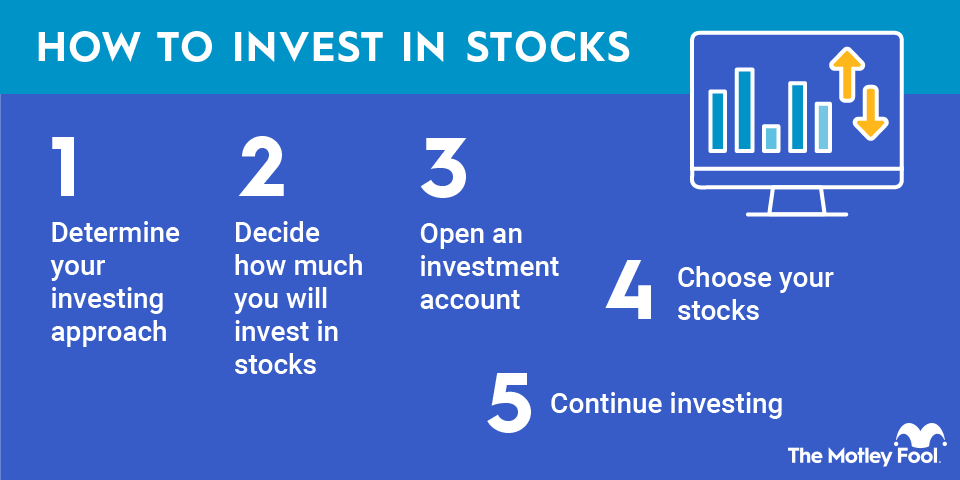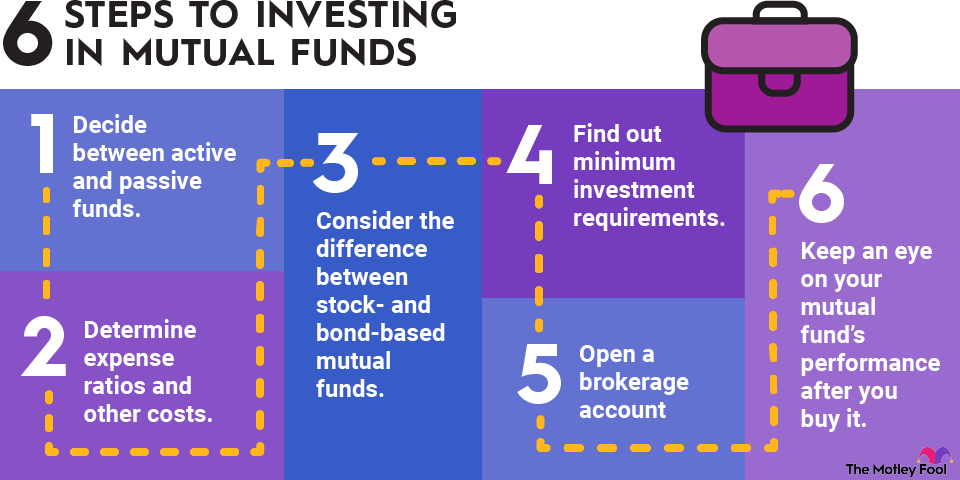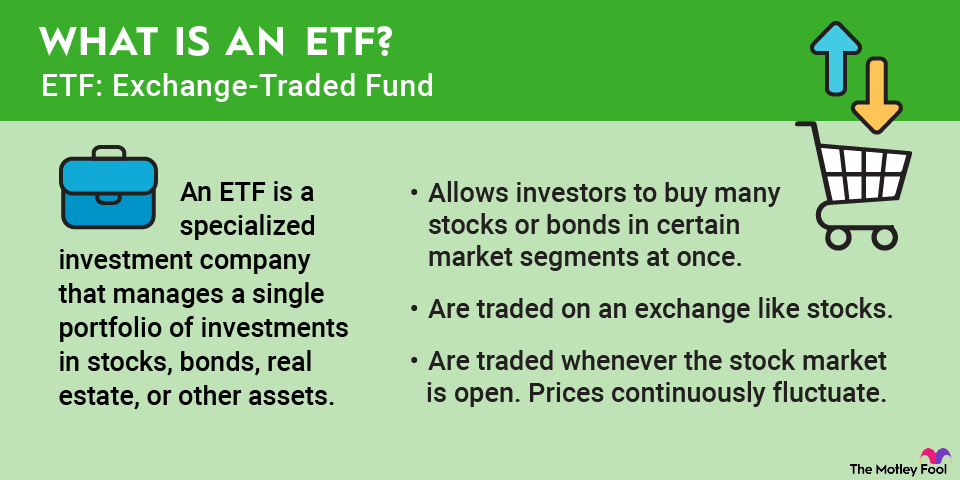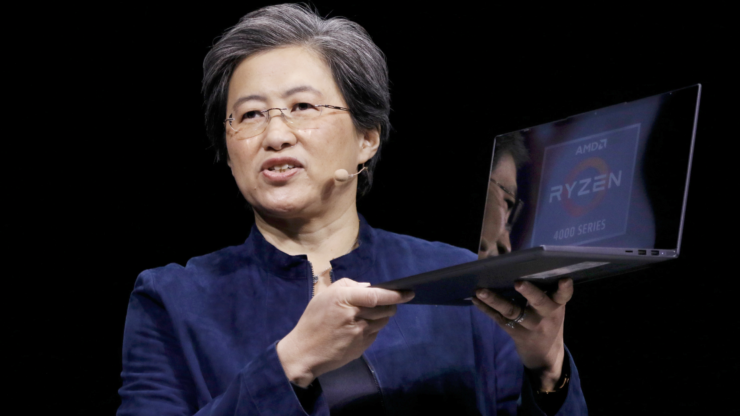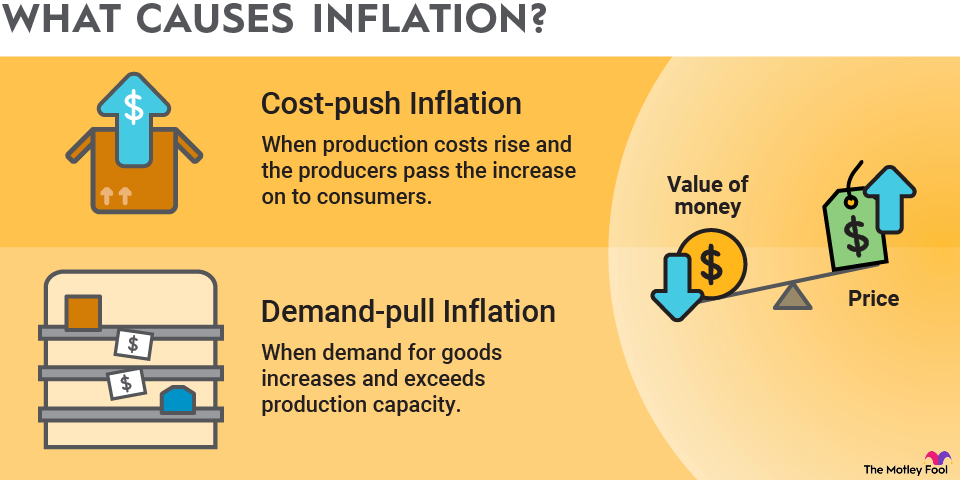Consumers will always crave quick service, low prices, and constant menu innovation. The fast-food industry delivers in more ways than one.

Fast-food restaurants can leverage the investments they made in digital and delivery over the last few years to drive growth for years to come. Now, the bigger threat to companies with exposure to discretionary spending stems from a challenging economic environment that is curtailing consumer spending.
However, because many fast-food chains focus on offering great value, a tough economic environment can pose fewer risks for well-run businesses. If you're interested in investing in the fast-food industry, here are seven top stocks to consider:
Seven top fast-food stocks in 2025
| Name and ticker | Market cap | Dividend yield | Industry |
|---|---|---|---|
| McDonald's (NYSE:MCD) | $213.5 billion | 2.37% | Hotels, Restaurants and Leisure |
| Wendy's (NASDAQ:WEN) | $1.7 billion | 8.77% | Hotels, Restaurants and Leisure |
| Restaurant Brands International (NYSE:QSR) | $21.7 billion | 3.68% | Hotels, Restaurants and Leisure |
| Domino's Pizza (NASDAQ:DPZ) | $13.7 billion | 1.65% | Hotels, Restaurants and Leisure |
| Papa John's International (NASDAQ:PZZA) | $1.4 billion | 4.23% | Hotels, Restaurants and Leisure |
| Yum! Brands (NYSE:YUM) | $41.5 billion | 1.87% | Hotels, Restaurants and Leisure |
| Starbucks (NASDAQ:SBUX) | $90.5 billion | 3.07% | Hotels, Restaurants and Leisure |
1. McDonald's

NYSE: MCD
Key Data Points
The granddaddy of the fast-food industry, McDonald's (MCD +2.46%) has been serving its iconic burgers and fries since 1955. The company's ethos centers on consistency and value. You know what you're going to get with McDonald's, and you know you won't pay too much.
While the company is still growing globally and remains the largest fast-food chain, consumers are being more selective with their spending, and some are pulling back on eating out due to inflation and economic concerns. McDonald's is focusing on digital, delivery, and drive-thru to boost sales higher in the coming years.
2. Wendy's

NASDAQ: WEN
Key Data Points
A growing cohort of sales now comes from Wendy's (WEN +1.52%) breakfast offerings, no small feat given that McDonald's is the go-to fast-food breakfast option for many commuters. Breakfast is a big part of Wendy's growth strategy, particularly as the landscape for consumer spending shifts.
Unique items such as the Frosty-ccino and the Breakfast Baconator help Wendy's stand out in a highly competitive space, and increased advertising spending is raising awareness among consumers. Other pillars of Wendy's growth strategy include boosting digital sales and ramping up new restaurant openings.
While McDonald's offers investors stability, Wendy's has the opportunity to grow faster as it expands its smaller restaurant base and takes a bigger bite out of breakfast.
3. Restaurant Brands International

NYSE: QSR
Key Data Points
4. Domino's Pizza

NASDAQ: DPZ
Key Data Points
While almost every restaurant was forced to embrace delivery to stay afloat several years ago during the pandemic, Domino's (DPZ -0.81%) already had its own delivery infrastructure in place. By avoiding third-party delivery companies, the pizza chain maintained control over the customer experience and kept costs down.
Domino's has since embraced third-party delivery apps while maintaining its own delivery infrastructure. Domino's has delivered solid revenue and profit growth, benefiting shareholders through a consistent dividend and share repurchases. The company is the world's largest pizza company, and its strong global franchise system continues to expand.
5. Papa John's International

NASDAQ: PZZA
Key Data Points
6. Yum! Brands

NYSE: YUM
Key Data Points
7. Starbucks

NASDAQ: SBUX
Key Data Points
You may not think of coffee chain Starbucks (SBUX +2.99%) as fast food, but its quick service of drinks and snacks, along with its drive-thrus in many locations, certainly puts it in the same category as more traditional fast-food companies. Starbucks is a bit different from other fast-food chains because it doesn't franchise. Aside from some licensed locations, Starbucks operates its own stores. Even with its capital-heavy model, Starbucks has managed to open around 40,000 locations worldwide.
Challenges have persisted in recent years and driven fluctuations in revenue growth as well as profits. Increased competition in key markets like China, pricing issues as consumers increasingly push back against costly discretionary expenditures, and shifts in the macro environment have all been factors there.
In 2024, CEO Laxman Narasimhan departed the company and was replaced by Chipotle's (CMG +1.04%) long-time CEO Brian Niccol. A new, renewed vision for growth could spur the business toward a brighter future. And while competition for away-from-home coffee is intense, the iconic Starbucks brand and unrivaled store footprint give it an advantage over other chains as well as local competitors.
Pros and cons of investing in fast-food stocks
If you're thinking about putting cash into fast-food stocks, as with any type of business, there are pros and cons to consider. Here are some potential advantages if you decide to invest in fast food stocks:
- Resilient demand: During a recession, consumers often trade down from full-service restaurants to more affordable fast-food options.
- Steady dividends: Many established fast-food companies generate solid earnings and cash flow, which allows them to pay consistent dividends.
- High adaptability: The industry has shown a consistent ability to evolve to meet changing consumer demands. In recent years, companies have adopted healthier menu options, implemented mobile ordering and delivery services, and invested in tech solutions like self-service kiosks.
There are some potential cons to consider if you want to invest in this space. Consider the following:
- Slow growing: The fast-food industry generally offers slower and more modest growth. This may be less appealing for investors focused on building a high-return portfolio of stocks.
- Market saturation: Fierce competition can put pressure on individual restaurant sales and lead to market share battles, especially during a macro slowdown.
- Commodity price volatility: The cost of ingredients like beef and chicken can fluctuate, even as many restaurants face other high cost pressures such as labor, rent, and utilities.
Ultimately, if you do invest in fast-food stocks, these companies should likely represent just one part of a larger, well-diversified portfolio.
How to invest in fast-food stocks
If you're ready to invest some of your capital into fast-food stocks, here's what you need to do next.
- Open your brokerage app: Log in to your brokerage account where you handle your investments.
- Search for the stock: Enter the ticker or company name into the search bar to bring up the stock's trading page.
- Decide how many shares to buy: Consider your investment goals and how much of your portfolio you want to allocate to this stock.
- Select order type: Choose between a market order to buy at the current price or a limit order to specify the maximum price you're willing to pay.
- Submit your order: Confirm the details and submit your buy order.
- Review your purchase: Check your portfolio to ensure your order was filled as expected and adjust your investment strategy accordingly.
